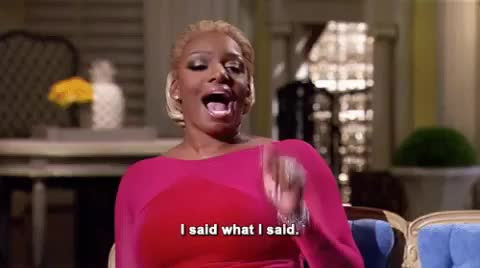Another Blog About Assessment
- Kyra DeLoach
- Aug 6, 2024
- 2 min read
From the girl who doesn't use assessment..

Image from WIX
For the past few months, I’ve been learning all about assessment in my Electronic Assessment for Teaching and Learning course. I’ve been trying my best to apply my practice to the things that I have been learning about assessment. As someone who does not teach and is not mandated to produce or use data — it’s been hard.
Throughout the semester, I have done my best to apply assessment to my practice. For example, trying to assess my student's knowledge of policies and procedures. These projects have made me think differently about how I can use assessment and have also made me more conscious of how I would like to collect data and become more effective with rubrics.
In higher education, a lot of situations we address as they come. Because of this feedback can be after the fact, and not as specific as I have thought about combining that is by using rubrics to provide better feedback.
In the article How to Provide Better Feedback Through Rubrics written by Jay McTighe and Tony Frontier from asd.org they say “A rubric is an evaluation tool consisting of a set of criteria affect scale and descriptors that distinguish the differences in the levels of the scale.”(Arter & McTighe, 2001). When it became time to make my rubrics I had no idea what to put. My supervisor never required me to give specific feedback to my students— but I know they deserve it to learn and get better.
I also learned that there were different types of rubrics, so I tried not to just think about the rubrics I have had for my papers in the past.
“An effective rubric is grounded by clear inappropriate criteria that serve as a basis for judging student responses, products or performances” (McTighe & Frontier 2022).
This statement made me think about how it doesn’t have to be perfect. What I put in the rubric. I’m just setting the qualities and baseline for success and what success looks like. This made me start to think about what I want them to know. That way my intentions can be clear when they are learning or doing scenarios in training in which they’re learning topics.
Although I’ve been struggling with how to use assessment as someone who does not use assessment, I feel like I have gained a lot of knowledge of how I can use data not only to better the experience for the students we assist but also to have a more fulfilling experience for my resident assistants when learning material they need. I’m looking forward to the upcoming semester and being able to use assessment data that will not only help my students this year but then also for next year’s training.
References
McTighe, J., & Frontier, T. (2022, April 1). How to provide better feedback with rubrics. ASCD. https://ascd.org/el/articles/how-to-provide-better-feedback-through-rubrics







Comments